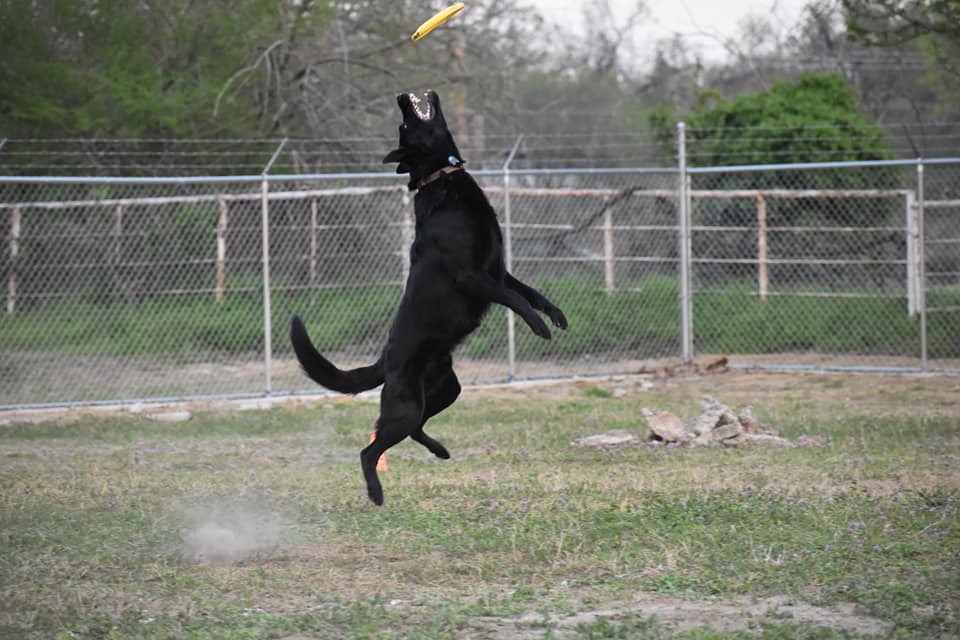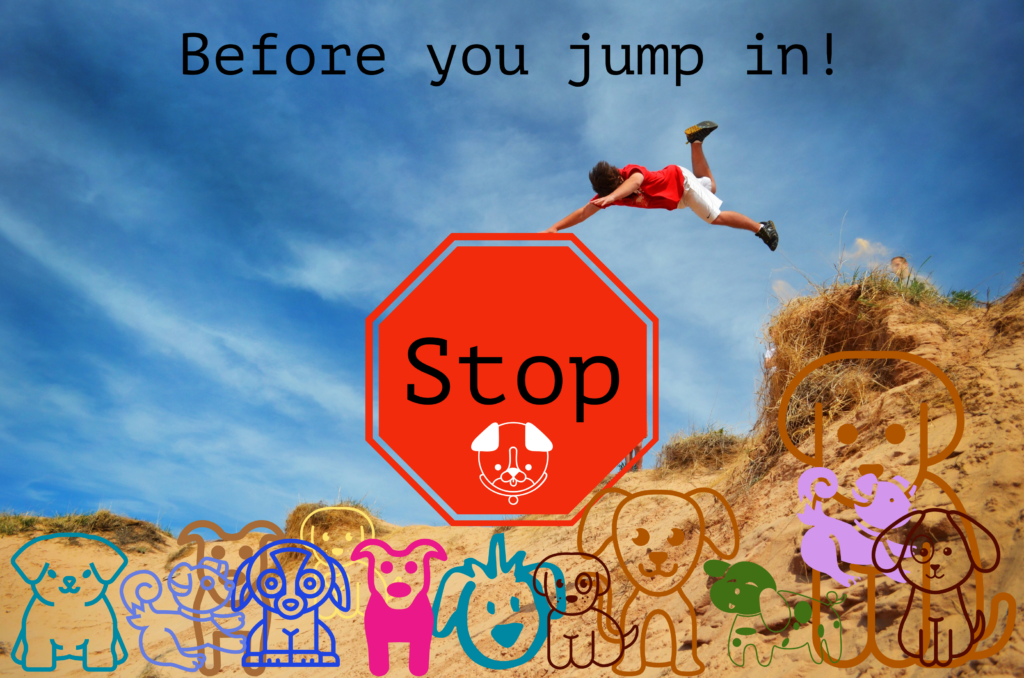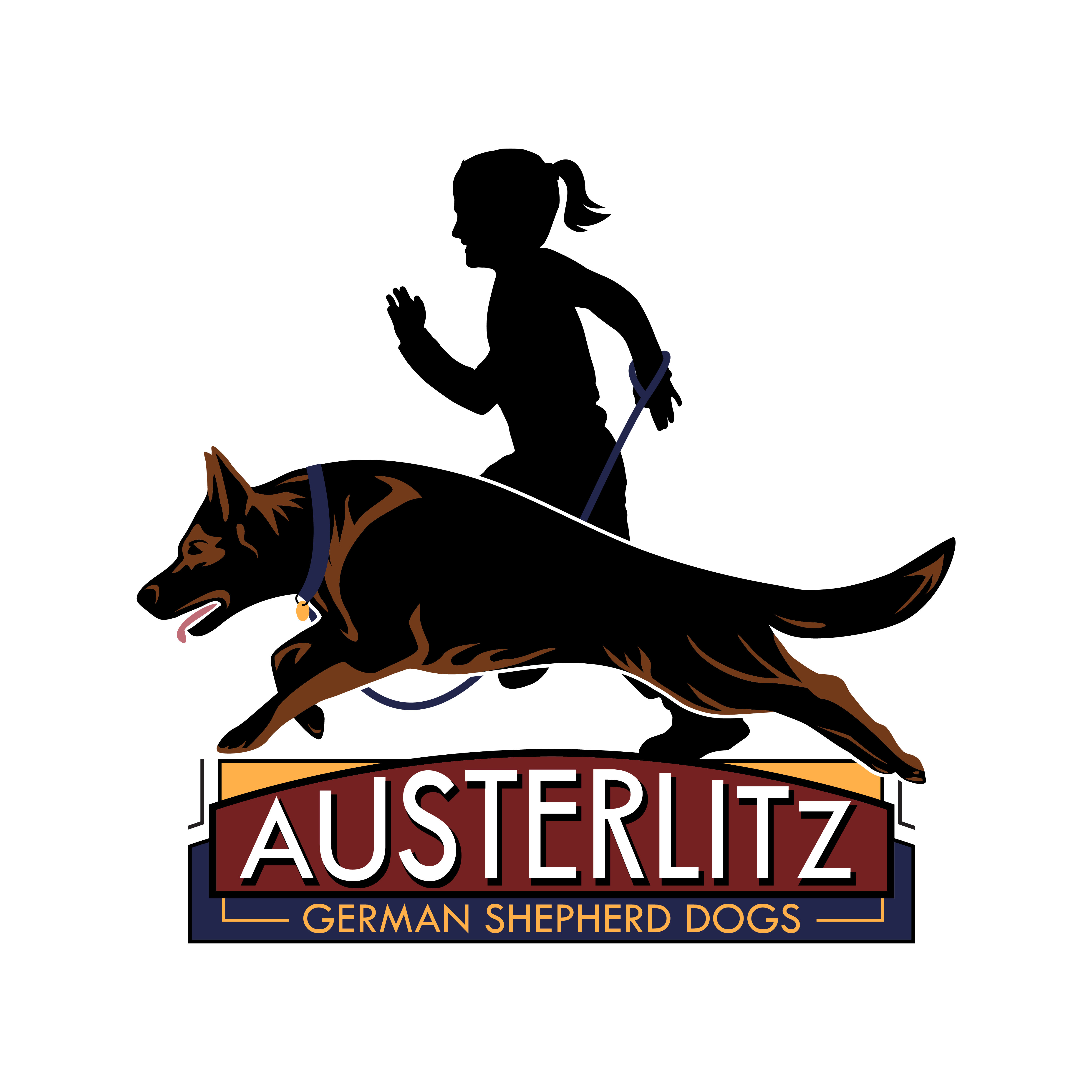When I looked at the x rays, up there on the screen, my heart sank as did any remaining hope I may have had for salvaging an entire bloodline group in my breeding program. This was the end of the road, so to speak, for a new bloodline I had brought into my program with the greatest of enthusiasm, after months of pedigree analysis and research and as such it was a sad day. For this dog had given me gifts, some were pleasant surprises such as excellent temperament and overall health, but others were the wrong kind of gifts, such as the elbow dysplasia that was staring me in the face from that screen.
Because we value growing and learning, and addressing even the most challenging situations head on, we have decided to focus our continuing education and growth mindset efforts for the month of September on facing some of the difficult situations we have experienced in the last couple years, breaking those down into great detail, and learning everything we can from those situations. We want to continue that learning, and expand it, by including our colleagues, clients, and friends in the conversation too. So we will be blogging on these subjects first, and then starting a podcast where we can share these conversations with everyone.

Those who know me know that we have well established core values in our breeding program, and the first is to value, respect, and honor the bloodlines entrusted to us by those who bred before us. I am a believer that every bloodline, and every dog, has potential value in maintaining and protecting my breed, until proven otherwise.
In the past I have observed decades in which dogs were excluded from the breeding pool without thought, over the most minor faults, and I have also watched as breed populations shrank, all while the most popular sires influence increased leading to bottle necks, fewer options for breeders, and decreased genetic diversity.
Oftentimes breeders only realize how important genetic options are when there aren’t any left. This lesson has not been lost on me, nor has the irony that many of today’s breeders have not yet learned this lesson and they happily chuck dogs out of the breed pool, left and right, over the stupidest things, things that do not cause any harm to the dog, don’t affect quality of life, and don’t break owner’s hearts. Without any thought to potential future ramifications of such unwise shrinking of breeds and without considering other options. It’s become a “knee jerk” reaction of the novice breeder, as a way of signaling to everyone that they are a “good” breeder….because see how many dogs they exclude.
Instead of showing the wisdom needed to know when a dog, or line, should be excluded, and when further evaluation is warranted.

However, dogs who bring unwanted genetic gifts, the kind that cause suffering and decreased quality of life for dogs and their owners, simply cannot be moved forward in pedigrees, and I know I am not alone in this. In the GSD we don’t have as many genetic options as people think, we have popular sire bottle necks in most bloodlines, and we have self imposed walled off bloodlines as well, where breeders have chosen to try to keep bloodlines “pure” by isolating them from other bloodlines within the breed. In Germany the long stock coat GSD can no longer be bred to the origin stock coat lines causing even more walling off.
These problems hobble breeders more than they realize and lead to fewer good options for all. So, losing a bloodline is never something we celebrate, even when it must be done.
So, as my co breeder Rebecca and I sat down and discussed the list of gifts (good and bad, some annoying and some that affected quality of life) this line had bestowed us with, in a very small number of breedings, and compared the percents affected with our breed’s typical percent affected, and then our program’s percent affected, we confirmed that indeed while this line was producing about the same percent of affected individuals as the OFA and SV stats tell us is “typical” for the HD and ED in the GSD breed, this was many percents higher than our own in program statistics (breeders should always keep both sets of stats, what is normal for the breed, and what is normal for their program) and the dogs affected were more severely affected. This, along with an accounting of some congenital defects produced, led to the easy, but sad, decision to remove this entire bloodline from our program, something we hadn’t had to do in our program for decades.
Another core value in our breeding program is transparency, we believe that our clients, colleagues, and students should have insight into what it’s like to breed dogs, including the bad stuff.
Transparency is hard, it’s a double edged knife that cuts both ways. Knowing what and when to share and to whom to share such information with is something you only know in hindsight. In the moment of decision, breeders work blind to the ramification of bringing people in to an area where a lack of understanding is common.
Breeders have every reason NOT to be transparent, because most people, even dog fanciers, have no idea how complex and difficult breeding dogs is so their judgements are aplenty. The breeding community has a big problem with subconscious self loathing, and conflicted feelings about breeding that stem from decades of being vilified by basically everyone, so breeders often attack other breeders as a way of coping with their own conflicted feelings and desire to be “good” and not be associated with “bad”.
When we are transparent we open ourselves up to both positive and negative feedback, we run the risk that by admitting when there are failures as well as successes potential clients will come to believe that we produce sub standard dogs and we will miss out on great homes for our puppies.
However, we do deeply believe that in order for people to recognize breeding dogs as a valuable, complex, skill that require practice, that we must be transparent about what we do and why we do it. Our hope is that this will increase respect for the work done by the breeders who produce the dogs people want to share their lives with while decreasing the expectation of perfection that so permeates the world of dogs.
So, Once the decision was made to remove the line, how do we move forward while standing by our core values?
1. We only removed this bloodline after careful consideration and after consulting with several trusted breeder friends. We first considered and even tried ways to breed around, then breed out, the problems we were seeing before deciding that was not an effective option.
2. We notified everyone who had a first degree relative and explained the situation, we extended our usual 24 month orthopedic warranty to a lifetime orthopedic warranty, and did our best to allay fears, and offer preventive suggestions.
3. We sterilized all dogs from this line, including those in guardian homes.

But, are there other options? Of course, breeders have a wide variety of tools at their disposal for reducing unwanted traits in their breeding programs. Removing a line is the option of “last resort” because it’s irreversible and it also takes the least skill of those in the breeder toolbox. While removing an individual or entire bloodline group might be the best path forward, there are other options available to breeders.
1. For simple recessive traits for which there is a DNA test (such as DM) breeders can use DNA testing to identify Homozygous Normals, Homozygous Affecteds, and Carriers and then very easily (in the GSD) arrange breedings such that Affected aka At Risk puppies are not an possible with a pairing. This requires very little skill or understanding of genetics, but that does not negate it’s value! Now, this DOES require skill when a breed has very few homozygous normals available (which is why small breeding populations, bottle necks, and Popular Sire Syndrome are risky) because in this case breeders must choose between loosing most of the breed, or breeding some carriers to affecteds. This is tough work that takes skill. Free genetic counseling can be found here, and Embark offers extensive breeder education as well.
2. For traits with an unknown mode of inheritance and polygenic traits breeders can follow the OFAs Best Practices (and take advantage of their E Book: The Use Of Health Databases and Selective Breeding) and breed dogs who appear normal to other dogs who appear normal, with majority normal first degree relatives, and normal pedigrees. This is how breeders have reduced the rate of hip and elbow dysplasia. So when a problem crops up and a particular dog produces MORE affected dogs than typical the dog can be bred to a bloodline know for improving upon this trait, such as “hip improvement dogs” or “hip Improvement lines” and then over multiple generations select breeding dogs from only the litters with majority normal hips, gradually decreasing the percent affected and increasing the percent normal. This is the model used by breeders in the early days of the GSD, when HD normals were only about 10% of the breed, and over the span of 100 years breeders gradually improved hips until normals accounted for more 80% of the breed. This is a very old, and reliable, model for improving traits over generations using the skill of pedigree analysis and data analysis. Every breeder should know how to do this, but in some cases it’s impossible because data is not available. Breeders may choose not to share data, or information may have been lost when a breeder died, or because too many relatives have never been bred so information on how they produced for a trait will forever be unknown.
3. Breeders can use test breedings to try to evaluate if a trait is heritable and how, and while this has become far less common in the age of DNA testing breeders should still understand how this works, when it’s warranted, and what is done with the information discovered. Before the age of DNA testing test breedings were how breeders found out if a trait was a simple autosomal.
4. Breeders can also choose to do a less risky pedigree analysis for a trait, following it through generations and identifying affected and carrying individuals. With this information the breeder could more easily breed around, or improve upon, the trait.
5. And of course, breeders can identify if a trait is expressed due solely to genetic factors, or if environment plays a role. An environmental role does NOT free the breeder of responsibility for the heritable part of the equation, but it should trigger careful evaluation of the breeder’s own environment, dietary choices, chemical exposures, and the careful selection of the new home where ongoing environmental challenges will occur.
6. Finally, breeders and buyers must understand and accept that no dog is ever perfect and that no matter what we do, or how careful we are, that some dogs are going to have problems, health problems, temperament problems, the lot. We do not judge our work against a standard of perfection, but instead against the standard of “dogs in general”. We are not trying to produce dogs that live forever, but we are trying to produce dogs that live a typical lifespan for “dogs”. Don’t fall into the trap of expecting perfection, and throwing away bloodlines without careful consideration when imperfection occurs.

We considered each option, but one by one ruled them out. Because the problems we were seeing could decrease quality of life and had no simple mode of inheritance, we could easily rule out several options as just not being that helpful. Much of the pedigree analysis had already been done as our pre purchase research, and on paper this dog should not have been producing these problems, so further pedigree analysis would not be productive. We could have accepted that a percent affected that was very near to the OFA percent affected was good enough, but since our program typically runs much better this was also not acceptable. Finally, we had a variety of other options to meet our goal of bringing a new bloodline into our program.
So, with much thought we made the decision, notified everyone involved, and have now moved on with our program. We have since brought in two new bloodlines, but it’s early days and we don’t know yet how these dogs will produce for us and that’s ok, because that’s what breeding dogs is about, making the best choices you can and then always moving forward.
I leave you with this, breeding dogs isn’t easy, it becomes only more difficult the longer you do it, the more curious you are, and the more you know. So don’t assume the worst of a breeder when things go poorly, instead accept that the standard of perfection isn’t real, it’s an illusion, life is imperfect and that is part of what makes it wonderful. So while we might judge a breeder harshly for failing to meet the basic best practices of responsible breeders we should not judge them harshly for doing their best and finding that in some cases the outcome isn’t what was hoped for.

